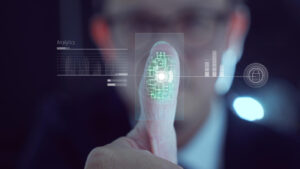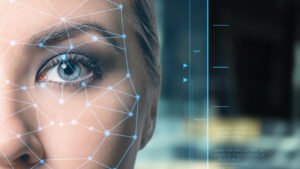The integration of wearable biometrics and augmented reality technologies is revolutionizing the way we interact with, monitor, and optimize our personal health stated Bahaa Abdul Hadi. By combining advanced sensor technology with visualization tools such as mixed reality headsets, users have access to unprecedented levels of real-time feedback related to their physical activity, nutrition intake, sleep quality and more.
This fusion of sensing techniques allows us to make better-informed decisions about health interventions that can transform outcomes for individuals around the world. In this blog post, we will discuss how these supporting technologies drive next-generation monitoring solutions, primarily in healthcare and across an expanding range of lifestyle industries.
As wearable technology has advanced, there have been many attempts to combine biometrics and augmented reality (AR). The combination of these two technologies has a wide range of potential applications. Wearable biometrics provide real-time information about a user’s physiological state, while AR allows users to interact with virtual elements in physical space. With the combination of these two technologies, users can move seamlessly between the physical and virtual worlds.
One example of how this technology is being used today is in healthcare. Augmented reality with biometric sensing can be used to monitor a patient’s vital signs and activity levels. This data can then be analyzed to provide insights into a patient’s health and well-being. Additionally, AR technologies can be used to provide instructional or educational content for medical procedures.
The combination of biometrics and AR can also be applied in other sectors, such as the military, sports, and entertainment. In the military, augmented reality with biometric sensing can be used to monitor soldiers and provide them with real-time data about their performance in the field.
This data can then be used to optimize training methods and ensure the safety of personnel. Sports teams can use this technology to monitor their players’ health, fatigue levels, and performance in real time. Similarly, entertainment companies can use these technologies to create immersive experiences for their customers that bridge the physical and virtual worlds.
The combination of biometrics and AR is changing how people interact with technology and the world around them. As these technologies continue to advance, the potential applications and possibilities are endless. By leveraging wearable biometrics and AR, people can gain valuable insights into their health and performance while interacting with virtual elements in physical space. This fusion of sensing technologies is transforming how we interact with our environment.
The use of augmented reality with biometric sensing has already transformed many industries. In the future, this technology will be applied in many more sectors, from industrial to consumer. As wearable biometrics and AR continue to advance, they will open up new possibilities for how people can interact with their environment.
Conclusion
In conclusion, Wearable Biometrics and Augmented Reality are two of the most exciting advances in sensing technologies. Their combination offers a unique way to provide users with valuable information about their physical, emotional, and mental states with real-time feedback. A larger picture of how we interact and adapt is being created by creating technologically enabled human networks that sense each individual’s response to their environment. This is the future of healthcare monitoring and preventive health management.
The blog has been authored by Bahaa Abdul Hadi and has been published by the editorial board of Identity Herald. For more information, please visit www.identityherald.com



